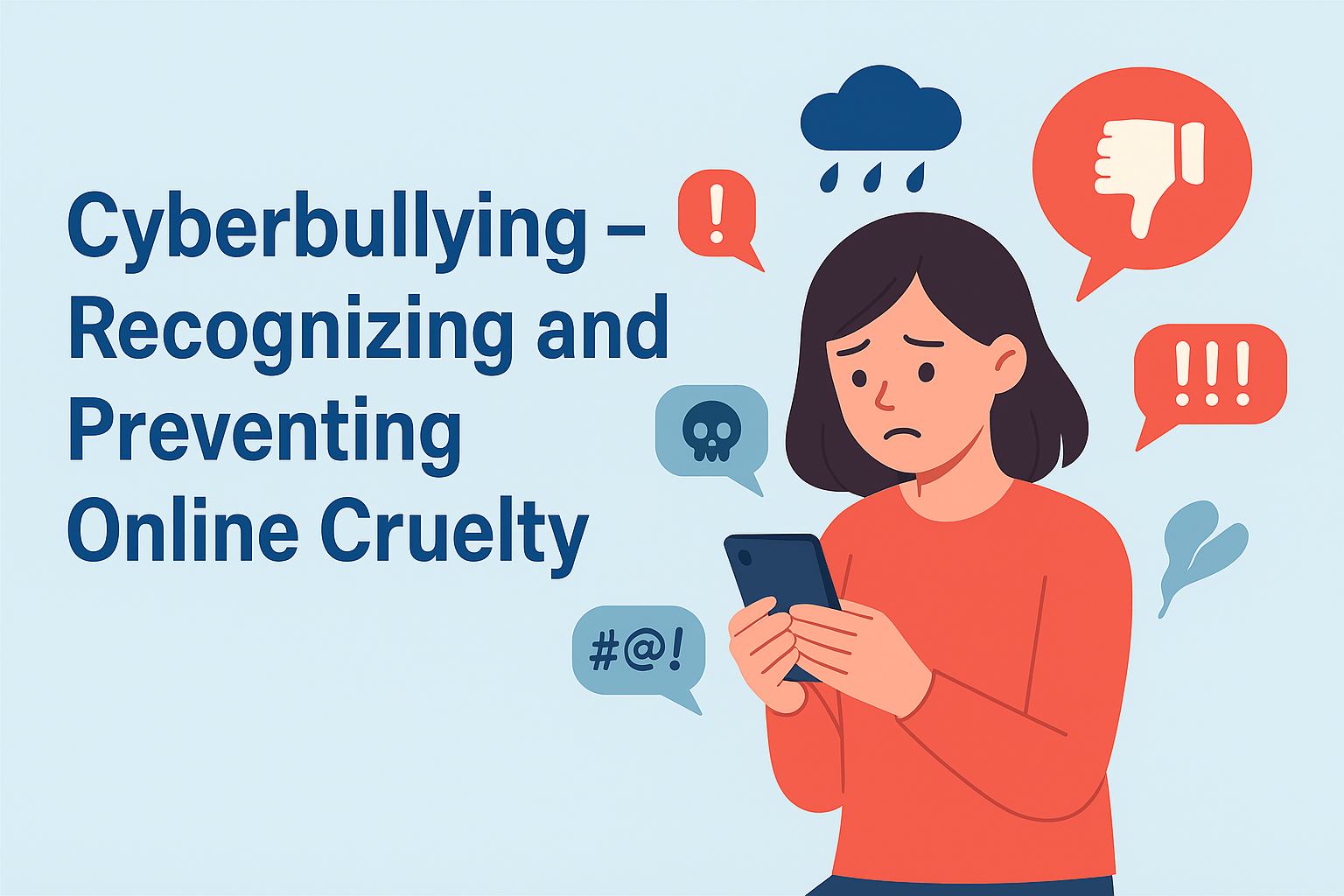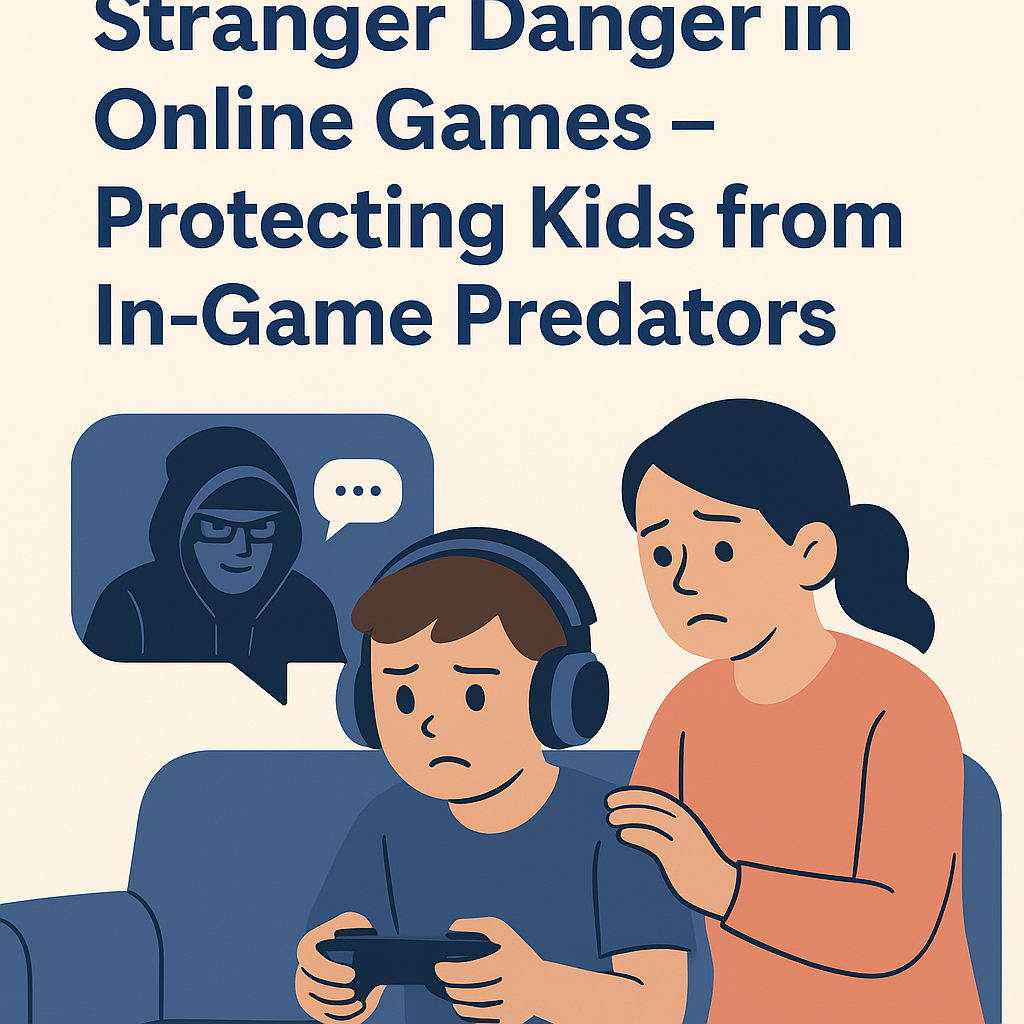Creating Healthier Learning Environments: Virginia's Push for Phone-Free Schools
This essential action will promote a healthier and more focused educational environment

In a bold move aimed at addressing the growing mental health crisis among school-age children, Virginia's Republican Governor Glenn Youngkin recently issued an executive order calling for "phone-free" schools. This initiative is set to revolutionize the educational environment by minimizing distractions and promoting mental well-being among students.
The Problem at Hand
Governor Youngkin's order emphasizes the alarming rise in mental health issues among teenagers, which is largely attributed to extensive social media usage and the ubiquitous presence of cell phones. Studies have shown that teens who spend more than three hours a day on social media are twice as likely to suffer from mental health problems such as depression and anxiety. Despite this, the average teenager spends nearly five hours a day scrolling through their devices, according to Gallup.
The Executive Order
The directive from the Governor mandates the education department to develop guidelines for implementing "cell phone-free education policies and procedures" in public schools across the state. This policy aims to significantly reduce the time students spend on their phones without parental supervision, thereby fostering a more focused and healthier learning environment.
"This essential action will promote a healthier and more focused educational environment where every child is free to learn," Governor Youngkin stated. "Creating cellphone and social media-free educational environments in Virginia’s K-12 education system will benefit students, parents, and educators."
Collaborative Effort for a Common Goal
Virginia Education Secretary Aimee Guidera underscored the importance of a collective effort in tackling this issue. She pointed out that while government intervention is crucial, the responsibility also lies with school communities, parents, and teachers to develop practical solutions for limiting screen time and promoting healthy childhoods.
"The data is clear, and it is time for Virginians to come together to address the damage of social media and screens to healthy childhoods," Guidera said. "Government cannot be the sole solution to this crisis; school communities – especially parents and teachers – must work together to discuss and develop common sense approaches to limit screen time, prioritize open channels of communication, and re-establish norms that reinforce healthy and vibrant learning communities."
The Role of Parental Control Tools
As we navigate these challenging times, tools like Protect Kids become invaluable for parents striving to manage their children's screen time effectively. By using a comprehensive parental control dashboard, parents can set appropriate limits on device usage, monitor online activities, and ensure a safer and healthier digital experience for their kids.
Key Statistics
- Teens spending over three hours a day on social media double their risk of mental health issues like depression and anxiety.
- The average teenager spends nearly five hours a day on social media, as reported by Gallup.
By embracing these new policies and utilizing parental control tools, we can work towards creating a balanced, focused, and healthier environment for our children, both in school and at home.
Latest articles

Start using the parental control platform of

the future




